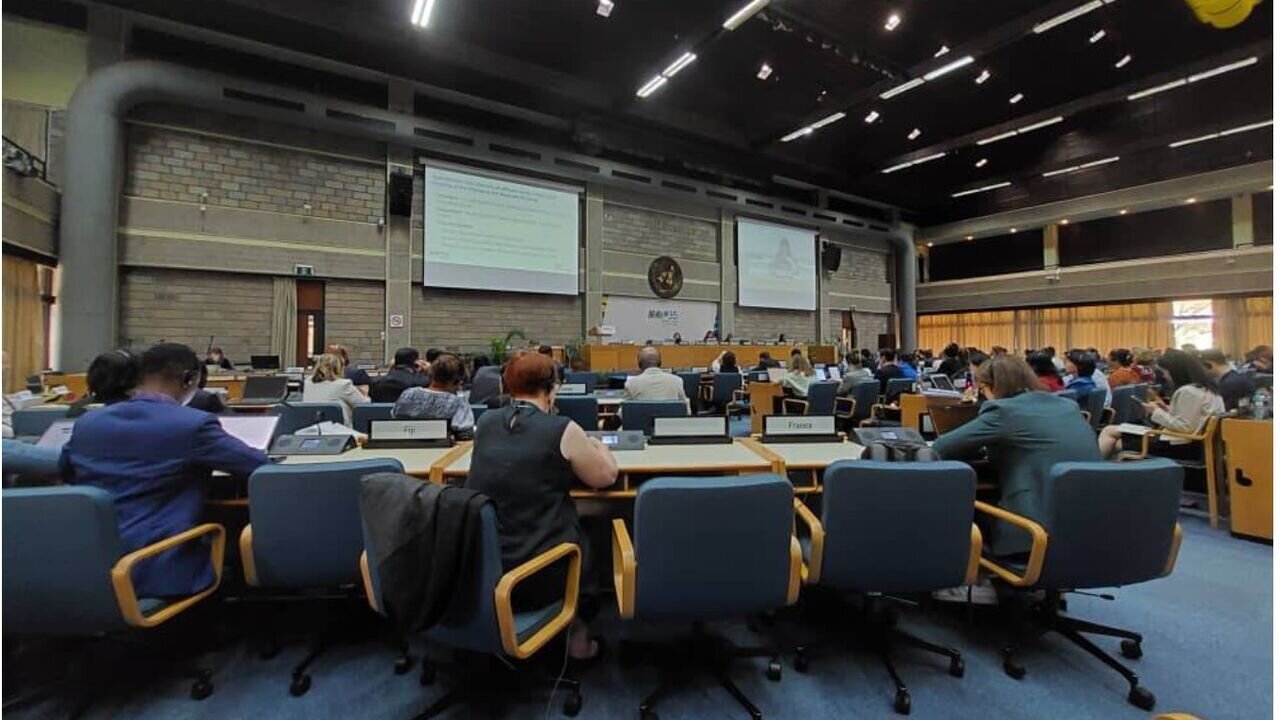Iran gets Montreal Protocol Implementation Committee membership

TEHRAN- The Islamic Republic of Iran became a member of the Implementation Committee of the Montreal Protocol for two years, representing the Asia-Pacific region.
The Thirty-Fifth Meeting of the Parties to the Montreal Protocol on Substances that Deplete the Ozone Layer (MOP35) was held in Nairobi, Kenya, from October 23 to 27.
The parties to the Montreal Protocol on Substances that Deplete the Ozone Layer met to discuss issues on ongoing ozone layer monitoring and protection, as well as emerging issues such as geoengineering, very short-lived substances, and increasing levels of emissions that are not ozone-depleting but potent greenhouse gases among others.
“The Montreal Protocol and the Vienna Convention in the United Nations with the membership of 197 countries are one of the most successful international conventions and protocols to prevent one of the most harmful pollutants of the ozone layer by humans.
Its main goal is to prevent the destruction of the ozone protective shield (layer), and the gradual improvement and restoration of this vital layer,” Iraj Heshmati, the deputy head of the Department of Environment, said, IRNA reported.
He went on to say, “The Islamic Republic of Iran is one of the leading member countries in the field of ozone protection, which is currently ahead of its pre-determined schedule reaching 30 percent.”
Iran preserving ozone layer
In 2022, according to the schedule of the Montreal Protocol on Substances that Deplete the Ozone Layer (the Montreal Protocol), Iran was able to fulfill its obligations and remove 9,800 tons of ozone-depleting substances from the consumption cycle, which caused the emergence of technologies compatible with the ozone layer in 1,378 production and service units.
The National Ozone Layer Protection Plan has been one of the pioneering plans in the fight against the destruction of the ozone layer. So far, it has received 4 letters of commendation from the Montreal Protocol and the United Nations.
Despite sanctions, Iran is among the leading countries in the field of expanding regional cooperation to use local capabilities to manage and remove substances that destroy the ozone layer and control the trade of materials and goods containing these substances.
Montreal Protocol
The Montreal Protocol dates back to 1987, the world made history by adopting the Montreal Protocol on Substances that Deplete the Ozone Layer, taking the first step in healing the Earth’s protective ozone layer.
The Protocol came into effect in 1989 and now has universal ratification. Initially, the Protocol mainly controlled chlorofluorocarbons (CFCs) and halons but was quickly amended to include hydrochlorofluorocarbons (HCFCs) along with other ozone-depleting substances. Over the years, the Protocol has been recognized as the most successful multilateral environmental agreement, and not without cause.
Ozone hole shrinking
The ozone hole which was once the major environmental concern turned into the least important concern today; as the concentration of harmful emissions has considerably reduced by 14 percent since 2000.
The hole has been shrinking by 1-3 percent a decade.
However, the upper ozone layer above the Northern Hemisphere is said to be completely repaired in the 2030s, and the gaping Antarctic ozone hole should disappear in the 2060s, according to a scientific assessment released in 2018 at a conference in Quito, Ecuador.
MT/MG
